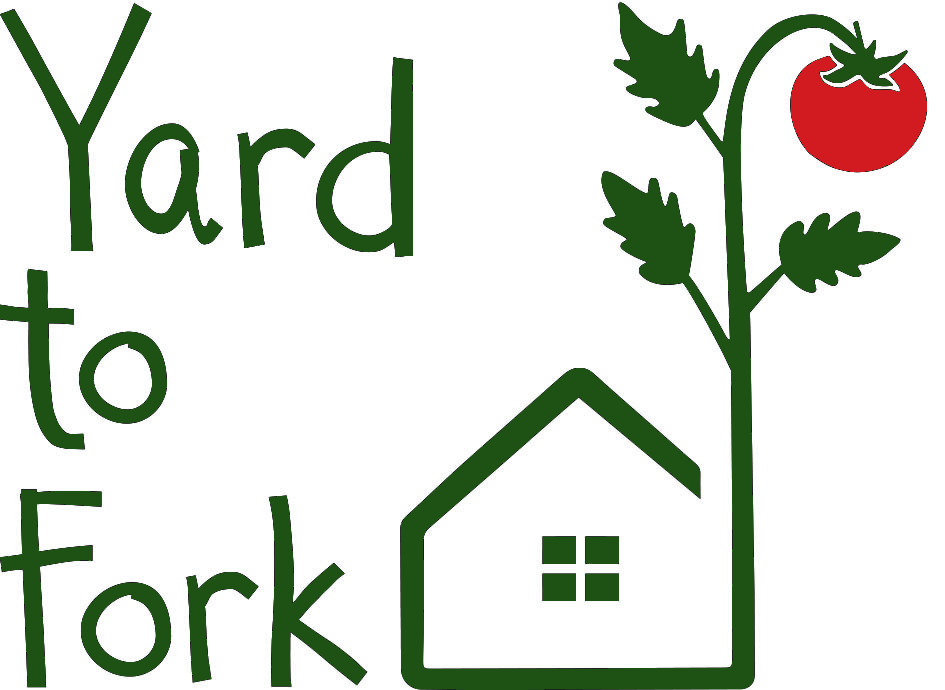Using Zones for Garden Planning
/You’ve planted your garden in Spring, and now the warm Summer months have you watching and waiting for your harvests. This is actually a great time to get some long-term planning done, as you can take your time, marinate on ideas and make plans with enough time to prep for the next seasonal transition.
The idea of using zones for garden planning has been around in some form since humans have been organizing sedentary living spaces, and the formalized structure you see in the image above was created back in the 70’s among the inventors of Permaculture Gardening (a discussion for another time). The concept is quite simple, but implementing it based on your edible gardening needs and allotted space is extremely effective in organizing your outdoor areas for maximum efficiency and enjoyment.
The main concept is based on frequency of use: keep the things you use the most as close to your door as possible, and gradually increase the distance of things the less often you need to access them. This initially seems to apply to those with larger pieces of property, but even an apartment patio can be organized according to zones. Zone planning is also meant to be flexible, as many of our hardscape features, like raised beds, are already set. No matter how much of our spaces have already been accounted for, thinking in terms of zones can help to make them even more useful.
The first step is to identify the things you use most in the kitchen, or need to harvest most frequently. This often means culinary herbs, as they are often best harvested fresh, and maybe even smaller leafy greens like lettuce and spinach. These items are ideal for what you would call Zone 1. Stashing small or large pots of herbs right outside your door, on your deck or patio, or even in your kitchen window, would be a great way to start organizing this zone. The last thing you want to do when you’re cooking on a chilly evening and need a pinch of a specific herb is to have to hike out to the end of your yard to get it!
Larger and longer-maturing veggies, such as squash, tomatoes, celery, broccoli, etc, are best left for Zone 2, which is ideally just beyond our immediate front/backdoor areas. This would be the zone that you could visit every day, but might also visit once a week for a larger harvest. Now, other considerations often dictate where our veggie beds are placed, such as available space, path of the sun for maximum light, etc., so there isn’t often much we can do to re-situate where we grow our vegetables. However, using larger pots or growing vessels to keep the things we use most often a bit closer to our kitchens can be well worth it. Perhaps your larger slicing tomatoes are growing in your raised beds around the corner, out by the back fence, but the cherry tomato plant that you love to use for daily salads is in a half-wine barrel off of the back patio. Smaller fruiting plants like raspberries and strawberries are also great for Zone 2, since you’ll normally pick them and eat them as you move through the garden.
In most city-oriented yards, Zone 3 is about the extent of your edible planning. This is where you might plan out adding some additional fruit trees and fruiting shrubs like blackberries, plants that have a shorter seasonal harvest and are usually left alone for the majority of the year. These plants also usually need less regular maintenance as they are more resistant to problematic pests and require less-frequent pruning and shaping.
Zones 4 and 5 are pretty much only for those living on the interface of a natural area, farther away from urban planning. But the same principles hold true: the less often you interface with your desired types of resources, the farther away they should be in your available planning space.
Again, your available yard space will ultimately dictate where and when you can situate all the plants you want growing in your garden, but thinking in terms of zones is always useful, and can be seen as more of a state of mind than a hard and fast rule. Focus your planning efforts on what is most efficient for how you use your food, and your experience with edible gardening will be that much more satisfying. Schedule a coaching with us if you have planning questions or need ideas!





